A Complete Guide to Workwear Fabrics Materials: Which fabric suits you best?
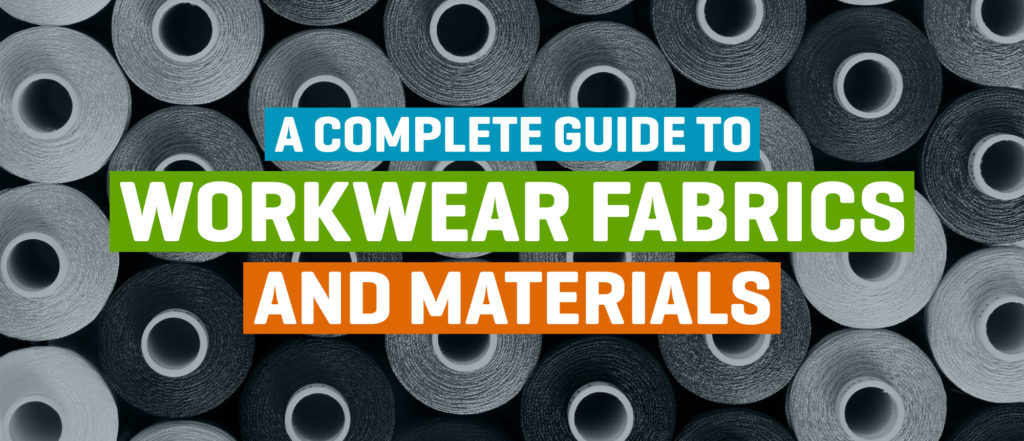
Why Is Material So Important?
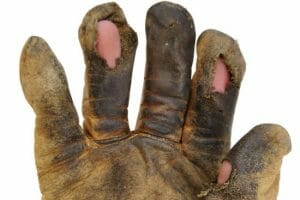 Investing in the right workwear is one that will bring you constant return across all aspects of your business. By putting the right time and money into your workwear you’ll not only keep your workers happy but in turn keep them safer, more productive, and your business as a whole, looking and feeling more professional.
Investing in the right workwear is one that will bring you constant return across all aspects of your business. By putting the right time and money into your workwear you’ll not only keep your workers happy but in turn keep them safer, more productive, and your business as a whole, looking and feeling more professional.
Safety
The most obvious reason it’s important to choose the right materials for your workwear is safety. Workwear is designed primarily to keep workers safe in a wide variety of tough conditions. By equipping your workers with the right safety gear, they will be able to work longer, stronger, and more efficiently than ever. Providing all staff with high quality personal protective clothing will also help you reinforce a positive culture surrounding safety in your workplace.
Not only will good quality safe workwear protect your workers, but it will protect your business from the time and money that breaching safety standards or providing workwear that leads to injury could cost you.
Comfort
Comfort is key when it comes to workwear. These aren’t just any old clothes, you need to be able to rely on your workwear to be durable, resistant, and wearable through thick and thin. Workers need material that will keep them comfortable in high heat, outdoor elements, and around hazardous materials or chemicals. If it wasn’t for good quality workwear materials getting through your every day jobs would become increasingly harder. Top quality gear keeps workers comfortable helping avoid fatigue and up productivity!
What Are Some of The Benefits of Making the Right Choice When It Comes to Materials?
- Lower levels of fatigue
- Higher Productivity
- Improved personal safety
- Brand/business reputation
- Durability
- Higher visibility
- Better wearability for sensitive skin types
- Customisable
- Cohesive
- Better range of size, shape, fit
- Reduce turn over
- Reduce cost on injury
- Reduce uniform replacement or repair costs
- Reinforced culture regarding workplace safety
What Are Some of The Common Requirements of Workwear?
- Safety standard compliant – this can differ depending on industry and location
- Fire retardant
- Moisture wicking
- High visibility
- Breathability
- Withstand extreme temperatures
- Day and Night wear
- Chemical resistant
Popular Types of Fabric Used in Safety Clothing Workwear
You may be asking yourself what is the safest fabric to wear at work? The suitability and safety of a workwear garment is largely determined by the material and fabrics it is made with. While it may seem all work shirts are very similar, there are some technical differences between different styles that you should be aware of, so you can choose the right garment that will keep you and your staff protected for longer.
It’s important to realise that different work environments and jobs require different types of workwear. For example, someone working on an oil rig may require flame retardant clothing, and someone working at a bench may require a heavy weight fabric, at least on the front, to stop wear.
This article will cover the different fabrics used in workwear, the various fabric weights and their ideal applications and differences in fabric quality and how to tell if a garment is manufactured well.
The different fabrics used in workwear
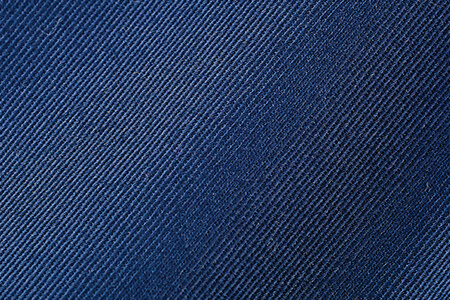
Most fabrics used in workwear are a compound of several materials or fibres to provide a blend of comport and durability.
Some of the best material for work shirts and other clothing include:
- Polyamide fibres – An example of polyamide fibres is nylon, which is commonly used in workwear, thanks to its strength and durability. They hold more moisture and dry more slowly than other fabrics however, meaning they are more commonly used as a blend with other, high performance fabrics. Badger’s freezer wear uses Ripstop nylon for its superior strength and longevity.
- Polyester fibres – Polyester has become very popular, thanks to its moisture wicking properties and light weight. It isn’t a very soft/comfortable fabric however, so it’s often used along with cotton to provide a durable and comfortable garment.
- Natural fibres – These fibres come from natural polymers such as cotton, wool and down, and provide comfort and thermal properties. They don’t have the strength and durability of synthetic alternatives, so they are often blended with a poly fibre.
-
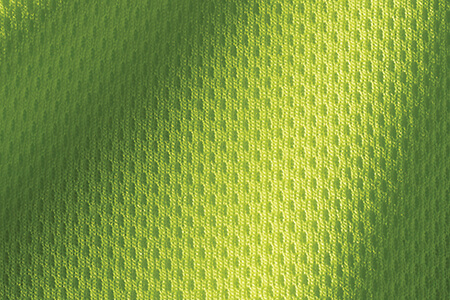
Polycotton micromesh has become very popular for lightweight, breathable work shirts High performance fibres – Technology advancements has allowed performance fibres to be produced which have exceptional features and properties. Some examples include ceramic fibres, carbon fibre, stainless steel and aluminium, all of which are used in specialist workwear for various reasons (puncture resistance, cut resistance etc.).
Common fabric weights used for workwear

Once you’ve looked at work shirt material it’s time to look at the material or fabric weight. Fabric weight refers to the weight of the fabric in grams per square metre (gsm). Different weights provide different levels of abrasion resistance, resistance to ‘wear-n-tear’, warmth, breathability and so on. In regard to breathability, while a lightweight garment (i.e. 155gsm) may be cooler than a heavyweight version (310gsm), the garment design is also important.
Something with a loose fit and/or air flow panels will generally keep you cooler.
Typical workwear fabric weights that meet Australia standards (AS2001.2.13) are:
- Lightweight – 155gsm. Examples: Polycotton Polo, Lightweight Cotton Drill Shirt
- Midweight – 190gsm. Examples: Cotton Drill Shirt, Lightweight Cargo Pants
- Heavyweight – 310gsm. Examples: Fleecy Jumper, Cotton Drill Cargo Pants
How to tell the quality of a workwear fabric
There are a few aspects of workwear fabric that you can look at to determine its quality.
Colour Fastness
How long will your hi vis yellow shirt stays hi vis? Colour fastness refers to how long a dye colours stays in the fabric, presuming the washing instructions for the garment are followed. A quality dying process will produce a high level of colour fastness, so your garments will keep their colour and maintain your worker’s visibility and corporate image.
Strength
The strength of the fabric used in workwear is a vital aspect, especially for specialist workwear such as flame retardant or arc flash gear. The strength is determined by the type fabrics used (see the section above for more detail) and the method of fabric construction. Stronger fabrics generally last longer, as well as offering more protection.
Shrinkage
Because workwear is often washed often and with harsh, industrial methods, garment shrinkage is common. A good quality fabric is pre-shrunk extensively, so it doesn’t change shape and size once its been made into a garment.
The general industry requirement outlined in the EN/ISO standards is the garment shrinks by a maximum of 3.0% at 600°C for a three-cycle wash and tumble dry.
Comfort
While the fabric type and construction are key in how comfortable the garment turns out, the finishing process used is also important. The gauge stitching used, location of seams, moisture level and other so on all have an impact on the end result.
How Can I Take My Workwear to The Next Level?
 Once you’ve found the right material that meets your industry needs it’s time to put your mark on it. Custom workwear and uniforms add that extra touch of professionalism to your workwear. You can drive brand awareness, loyalty, and image further with branded workwear.
Once you’ve found the right material that meets your industry needs it’s time to put your mark on it. Custom workwear and uniforms add that extra touch of professionalism to your workwear. You can drive brand awareness, loyalty, and image further with branded workwear.
Make it easier than ever for your company to be contacted or recognised and have your workers wear your rand with pride!
Bader Australia offer signature branding and custom-made workwear. Whether you’re just starting out or a well-established company, talk to our team to find the perfect solution today.

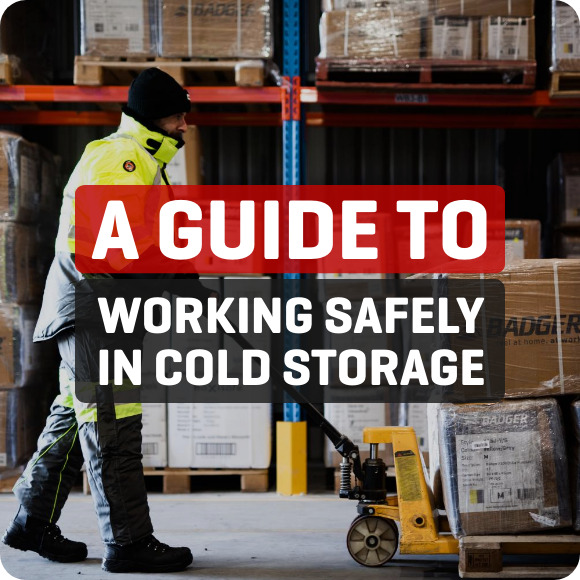
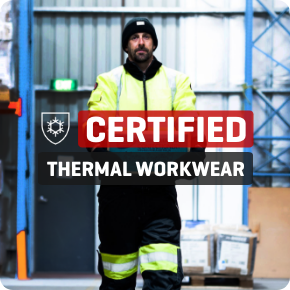




2 Comments. Leave new
Thanks for helping me understand how workwear fabrics work. I’ve been interested in the topic since I’ve been watching a lot of videos regarding mega construction work. What you said about how the fabrics may differ, but the end goal is to protect the staff was an interesting read. I’ve always thought that it was just a form of uniform for this specific profession however I was wrong.
Thanks for your complete guide to workwear fabrics and materials. I am thinking of buying workwear clothes online for my new job here in Wollongong. Since most of my workwear shrinks in size, I’ll take note of your tip to choose good quality fabric that is pre-shrunk, so it doesn’t change shape and size once its been made into a garment.